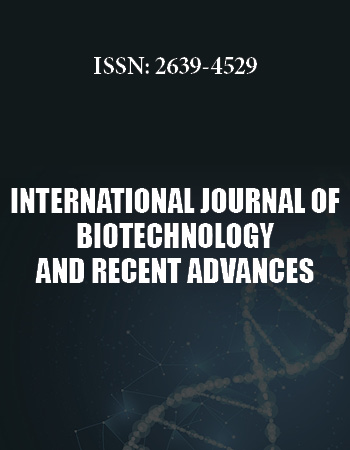International Biotechnology and Research Conference
April 25-27, 2018 Rome, Italy
Towards the Development of a Multidimensional Multisensor Spatiotemporal Model for Disease Detection and Spread
Information Systems and Computer Science, Ateneo de Manila University, Philippines
Conductivity, amount of light, and air temperature. Weather data include air temperature, relative humidity, rainfall, and air pressure. Mobile phone data include leaf images captured from infected and non-infected sites. Weather data is used to impute with the increasing availability of low cost devices in monitoring crops, small scale farmers, especially in developing countries, now have the opportunity to access Smart farming technologies in monitoring crops. The Philippines is the 3rd largest export producer of Cavendish banana. There are also over 180 small to medium scale banana plantations, nationwide. This study attempts to develop a predictive model for the early detection of Fusarium oxysporum f. sp. cubense Tropical Race 4 or more commonly known as Panama Wilt, a soil born fungi based disease that greatly affects the production of bananas in the country. The study attempts to test whether a multidimensional approach, using multi-sensor data can be used to develop a geospatial predictive model for early detection of disease. Data is extracted from three sources including soil sensors, weather station, and mobile phone. Soil data include data coming from home grown pH sensors calibrated to work with an off the shelf soil sensor that captures soil temperature, soil moisture, soil data that was corrupted or not captured for some time period. A resulting ARIMAX model has been created that had an RMSE of roughly 16 epidemic incidences for short-term forecasting. Image data has also been explored to generate structural features of possibly infected banana leaves through an autoencoder, which allows the feature extraction for a single class. This results to latent variables that efficiently encode significant information in the images. The success rate of the autoencoder is at 91% for healthy specimens, while only at 78% for infected samples. Integrating the various data extracted from both time-series and image-based models, a linear model that incorporates both spatial and temporal factors can be created to quantify and predict disease spread.
Biography:
Maria Regina is a full-time Professor at the Department of Information Systems and Computer Science, Ateneo de Manila University. She currently manages two laboratories: Ateneo Java Wireless Competency Center and the Ateneo Social Computing Science Laboratory where research focus is on in the design and development of social, mobile and wireless systems to understand and model collective behavior and capacity. She teaches Social Computing, Information Systems for Disaster and Health.


